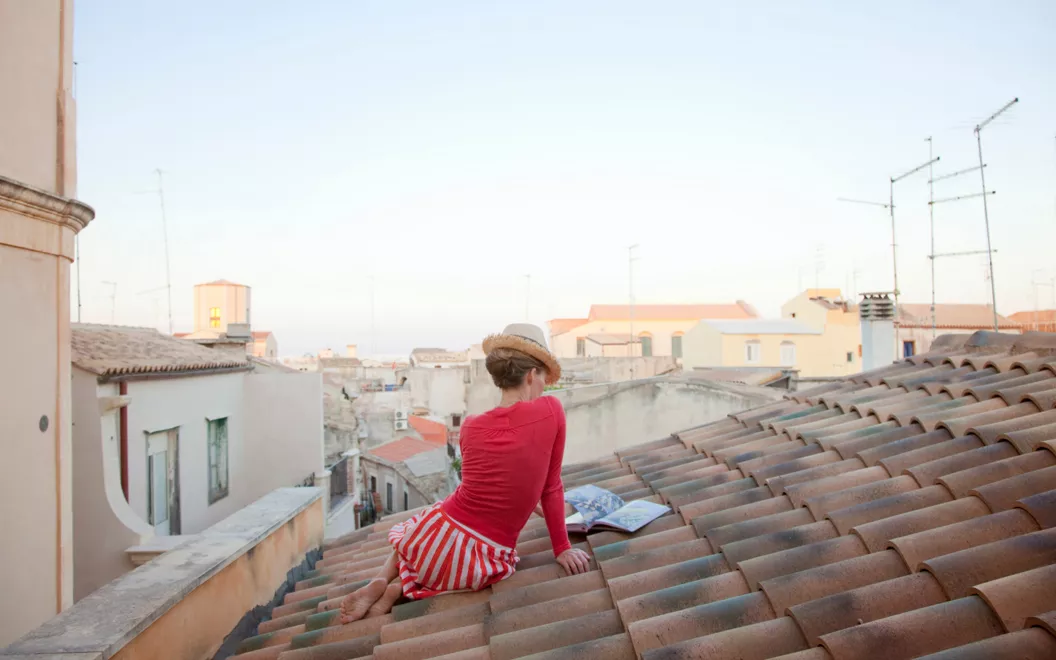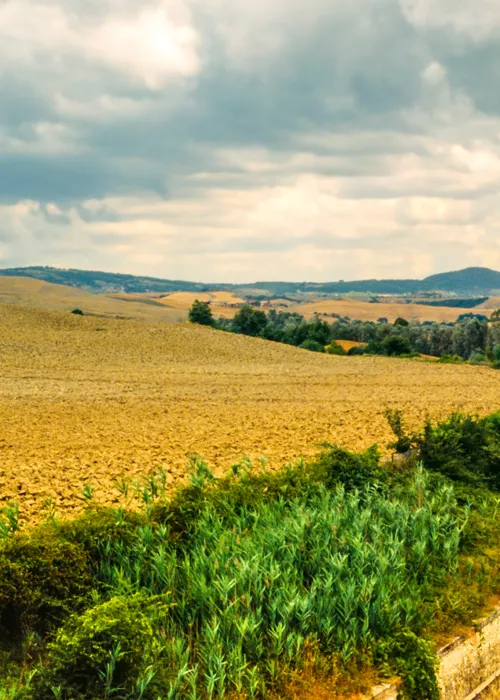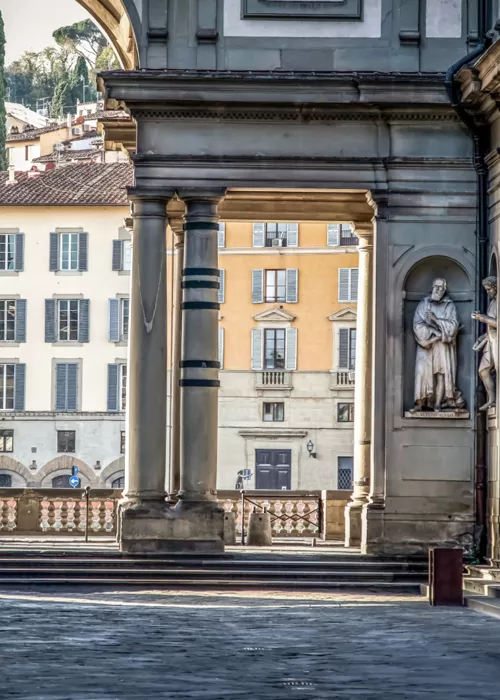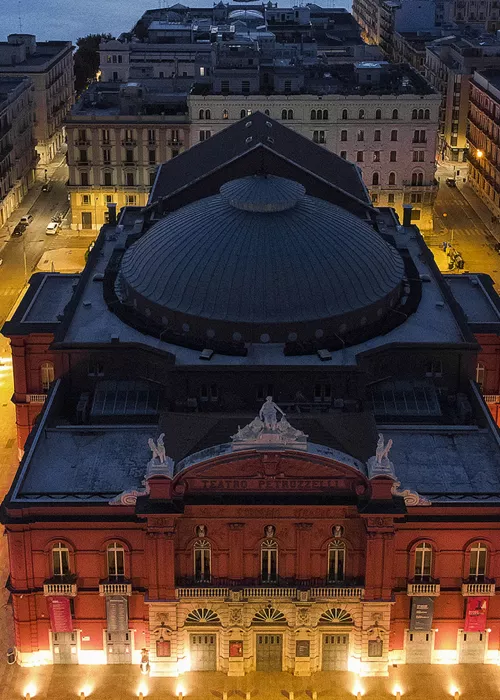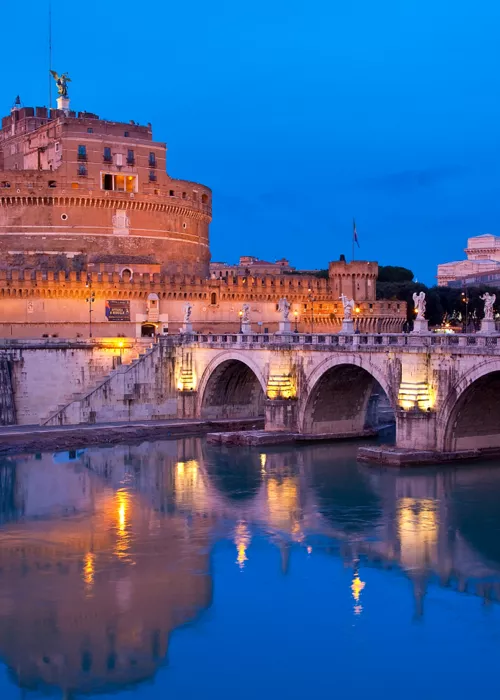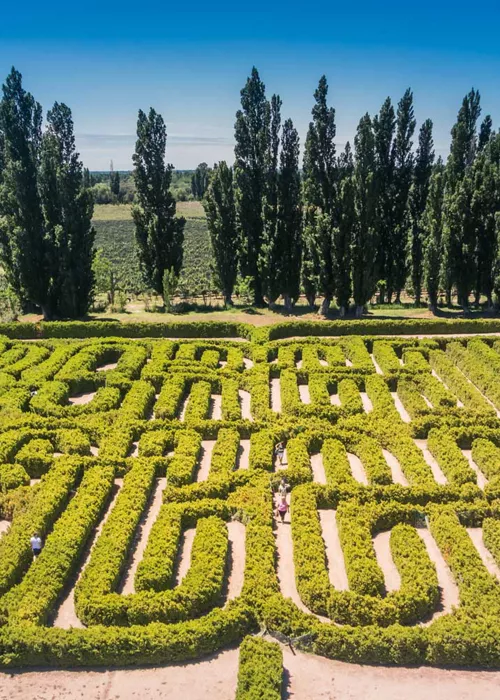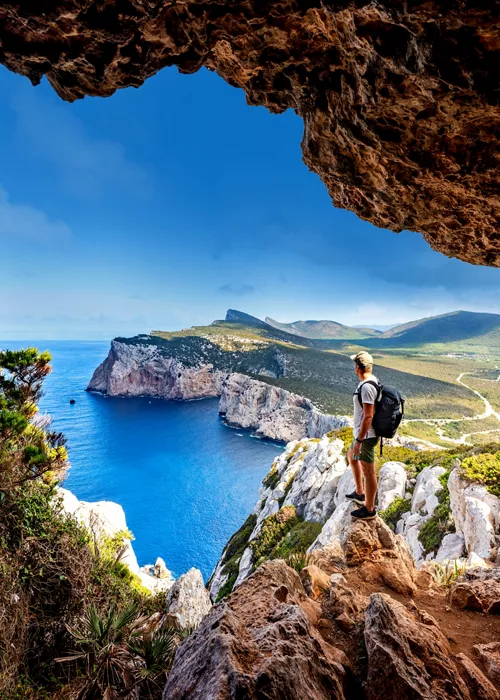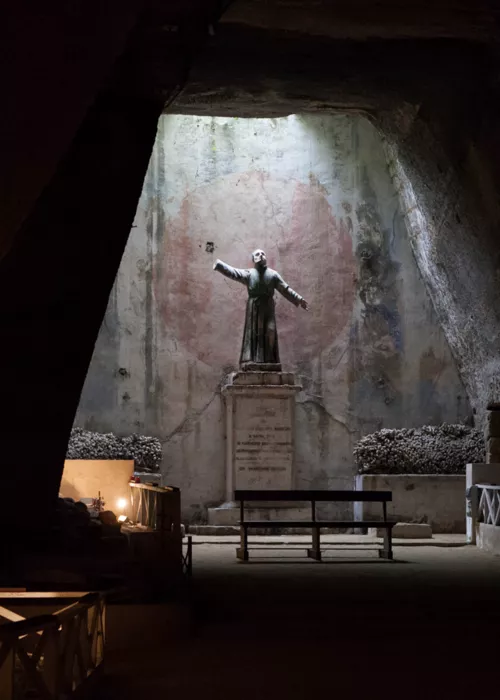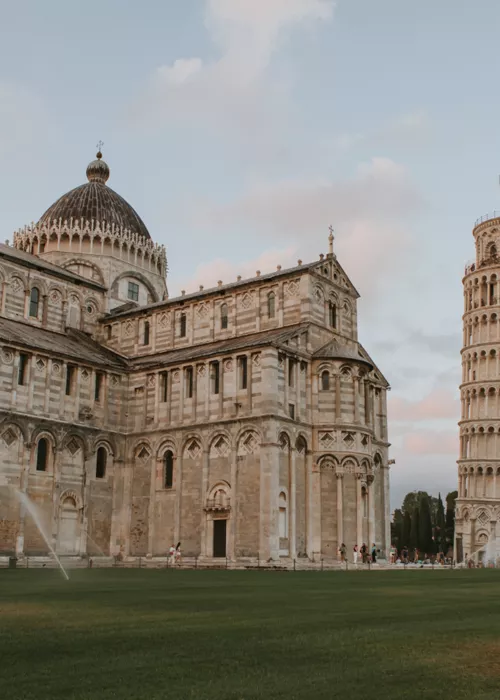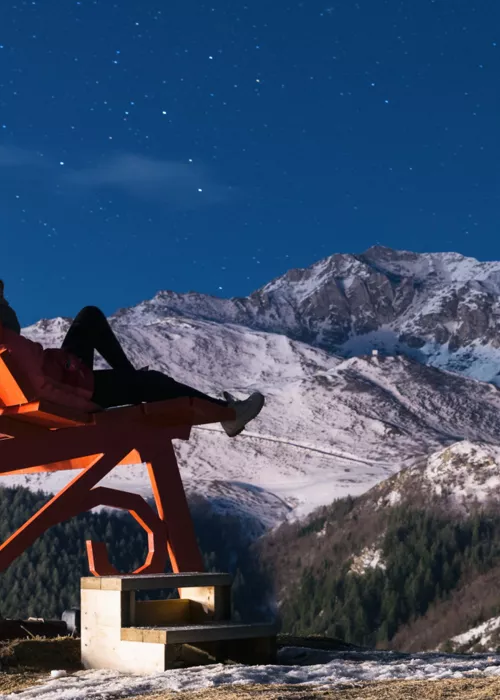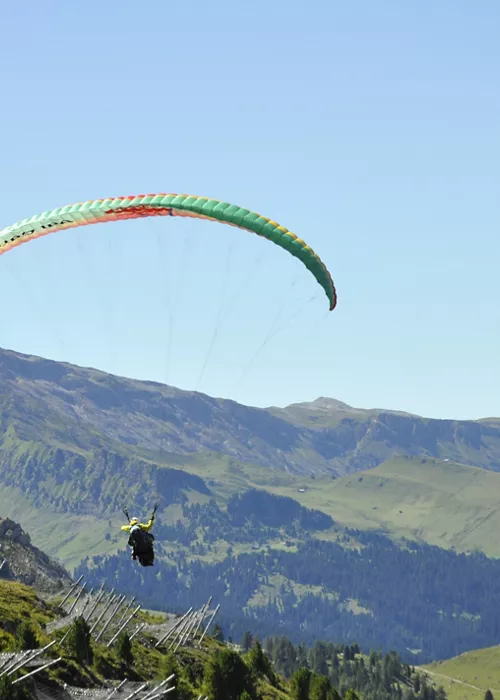6 unmissable destinations in Italy featured in famous novels
6 minutes
Touring Italy on the wings of a book. Travel and literature are two universes, intimately intertwined.Every good novel, after all, transports us to another place, the geography, inhabitants and rituals of which we eventually come to know. In the same way, finally seeing glimpses of the cities or landscapes described on the pages of the books we love the most has the power to bring to mind the adventures, passions and events that their authors set there.
There are novels that can recount the spirit of a place so well that it becomes a silent protagonist, capable of conveying messages, emotions or portents.Have you ever been inspired by the curiosity to experience first-hand the environments in which your most passionate readings take place?
Lecco: I Promessi Sposi (The Betrothed)
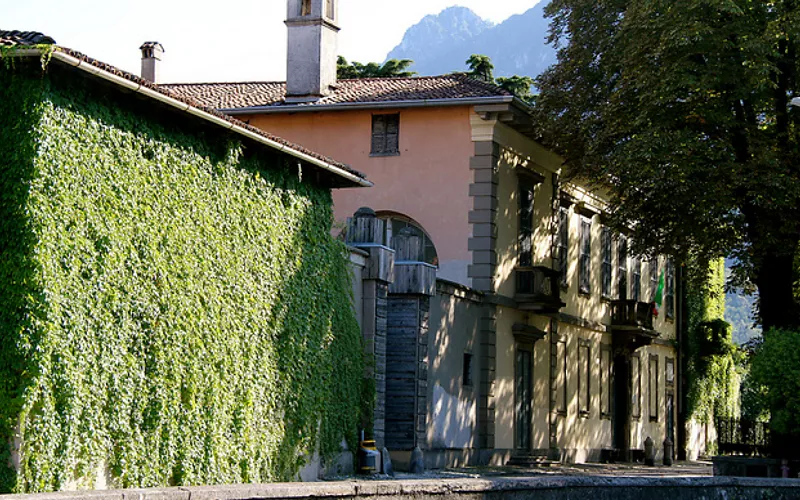
"That branch of Lake Como, which turns towards the south between two unbroken chains of mountains...": this, from Alessandro Manzoni's The Betrothed, is one of the best-known incipits in Italian literature: an authentic snapshot in prose that describes the territory of Lecco, the setting for most of the events narrated in the novel. It seems that this was in fact the view the author enjoyed as a boy from the Caleotto villa in Lecco, which had belonged to his family since the period in which the novel is set.
This villa, now a house-museum, is the point from which you can start your exploration in the footsteps of Renzo and Lucia: not far away you will find the cells and courtyard of the convent where Fra' Cristoforo is said to have lived.
In the nearby districts of Olate and Acquate you will also find Don Rodrigo's alleged mansion, the present-day Villa Guzzi, two houses where Lucia may have lived, and Don Abbondio's church.
The ruins of the castle of the Innominato, known as the castle of Somasca, can still be admired on a rocky outcrop on the border between the municipalities of Lecco and Vercurago: it seems that Manzoni was inspired by its former lord, Francesco Bernardino Visconti, when creating the gloomy character.
Val d'Aosta: Otto montagne (The Eight Mountains) by Paolo Cognetti
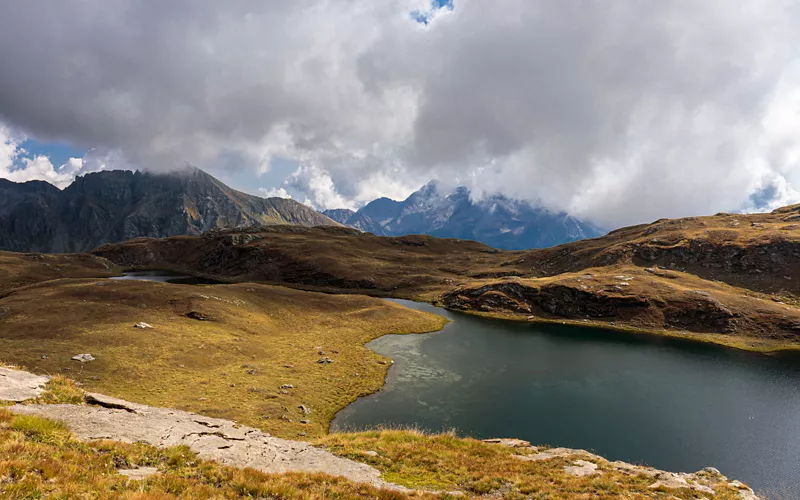
Winner of the Strega Prize 2017, translated into some thirty languages and now adapted into a film, with Alessandro Borghi and Luca Marinelli, who play the friends who are central to the novel: Behind the disguised geography of Paolo Cognetti's Eight Mountains are without a doubt the valleys and glaciers on the border between Piedmont and Val D’Aosta. The fictional village of Grana, where the association between the two protagonists is born, is probably the hamlet of Graines in Val d'Ayas, in the municipality of Brusson, in Val d'Aosta, where Cognetti spends most of the year.
The ascents described in the novel include the Garstelet and Lys glaciers, the Gnifetti and Mezzalama mountain huts.
But you only need good shoes and a steep path to reach the same places: wherever it takes you, it will be the right path.
Venice: Corto Maltese
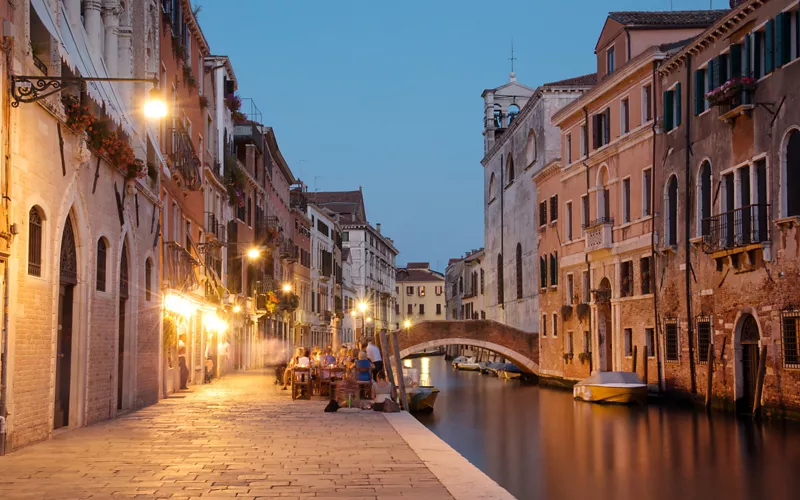
Among the many themed itineraries through Venice, one of the most visionary is surely that of the places evoked in the comic strips of Corto Maltese, the adventurous sailor, protagonist of Hugo Pratt's stories, who considered the city to be the centre of the world and a genuinely magical place. In his drawings, Pratt renamed familiar places with imaginative names, transforming the Venetian geography into one of Maltese's exotic destinations, always dreamlike and arcane.
Thus, the Widmann Bridge, near the Church of Santa Maria of Miracles, in Cannaregio, is transformed into the "Bridge of Nostalgia", the sotoportego dell'Anzolo in Castello is reinvented as the "sotoportego dei Cattivi Pensieri", while the proverbial "Corte Sconta detta Arcana", the title of one of his most wonderful adventures, is none other than Corte Botera, near the Basilica of Saints John and Paul. To tackle this decidedly alternative Venetian adventure, simply set aside all limits to your imagination.
Florence: A room with a view
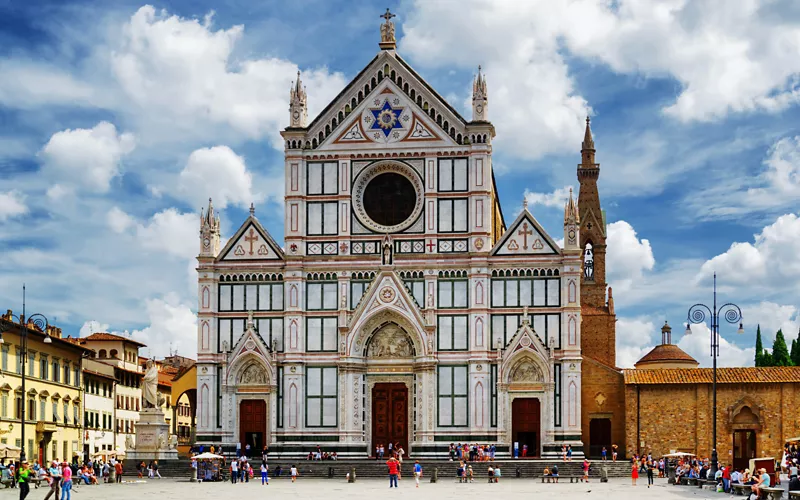
The enchantment of Florence and its hills seen through the eyes of a young Englishwoman in love: the Tuscan capital, with its monuments, is the fuse that ignites the romantic adventure of Lucy and George, the protagonists of A Room with a View, a novel by Edward Morgan Forster set at the turn of the 19th and 20th centuries.
The room with a view that enraptures its protagonist unfortunately does not exist, but we know that the hotel where the writer stayed, on the Lungarno delle Grazie, must have been very similar.
However, all the other iconic places in the book and in the film by James Ivory are real, and can be visited. There is the Santa Croce church, the Della Robbia roundels at the Ospedale degli Innocenti, and Piazza della Signoria, Lucy's place of bewilderment, the trigger point for a revelation that will later be consummated on the spectacular hills of Fiesole.
Who knows if Florence will be able to deliver the same emotions to you too?
Naples: My brilliant friend (L’amica geniale)
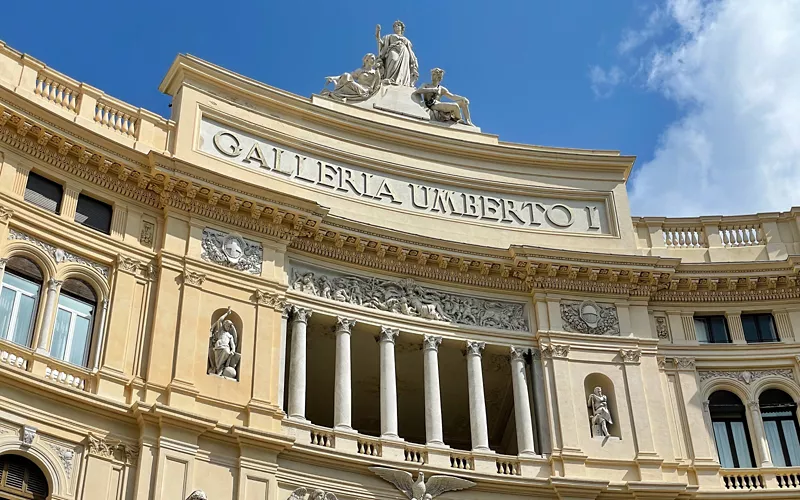
This is the Italian saga that has been translated most widely abroad: the touching story of friendship and redemption between Lila and Lenù, the two little girls who have made Naples and its districts known throughout the world, even inspiring a TV series, is now an international best seller.
The neighbourhood where the two protagonists are born and grow up really exists. It is on the eastern outskirts of the Campania capital, and is called rione Luzzatti, a few steps away from the Gianturco underground station. Here you will also find the Sacra Famiglia parish church and the primary schools attended by the two girls, the local library and the tunnel leading to the sea, at the end of which Lena and Lenù would never arrive.
Their story unfolds around other key points of the city: the 'rettifilo', i.e. Corso Umberto I, where Lila buys her wedding dress; Piazza dei Martiri, one of the most beautiful squares in Naples, in the Chiaia district, where she later opens her shoe shop; Via Caracciolo, the seafront from which Lenù admired Vesuvius.
But Naples is studded with other nooks and crannies where Lila and Lenù passed by: pick up the saga and build your own ‘genial' itinerary.
Sicily: Il Gattopardo (The Leopard)
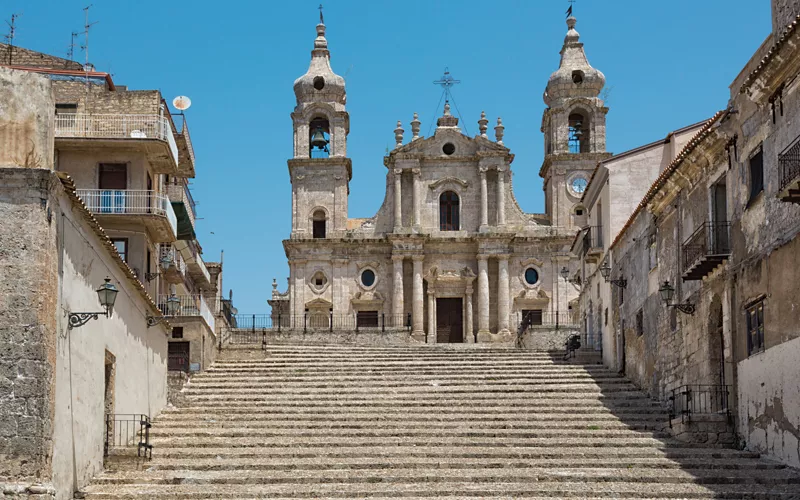
The final stop on this book tour of Italy evokes Sicily in the aftermath of the unification of Italy, as recounted in Il Gattopardo, the masterpiece-fresco by Giuseppe Tomasi di Lampedusa, and later immortalised in the film of the same name by Luchino Visconti.
Many of the locations described by the author are the fruit of his imagination, but freely inspired, by his own admission, by actual monuments and landscapes. You will find the mystical and austere atmosphere of Donnafugata in Palma di Montechiaro, the municipality of origin of the Tomasi di Lampedusa family; you can visit the stately home that inspired the one in which some unforgettable scenes of the book are set, at the palace of the Filangeri di Cutò, in Santa Margherita Belice, in the province of Agrigento.
Finally, make a stop in Palermo, at palazzo Salina, where the novel begins; it is now villa Lampedusa, in San Lorenzo Colli, on the outskirts of the city. Perhaps take a look at palazzo Gangi, in the historic centre, where Luchino Visconti filmed the sumptuous ball sequence, and finally treat yourself to a stroll among the churches and palaces of the Kalsa, where the director set the epic clashes between Garibaldi and the Bourbons. Re-emerging in the ancient Arab quarter, you can savour the present once again, by sampling one of Palermo's typical street foods, babbaluci - snails marinated in oil, parsley, garlic and pepper.

